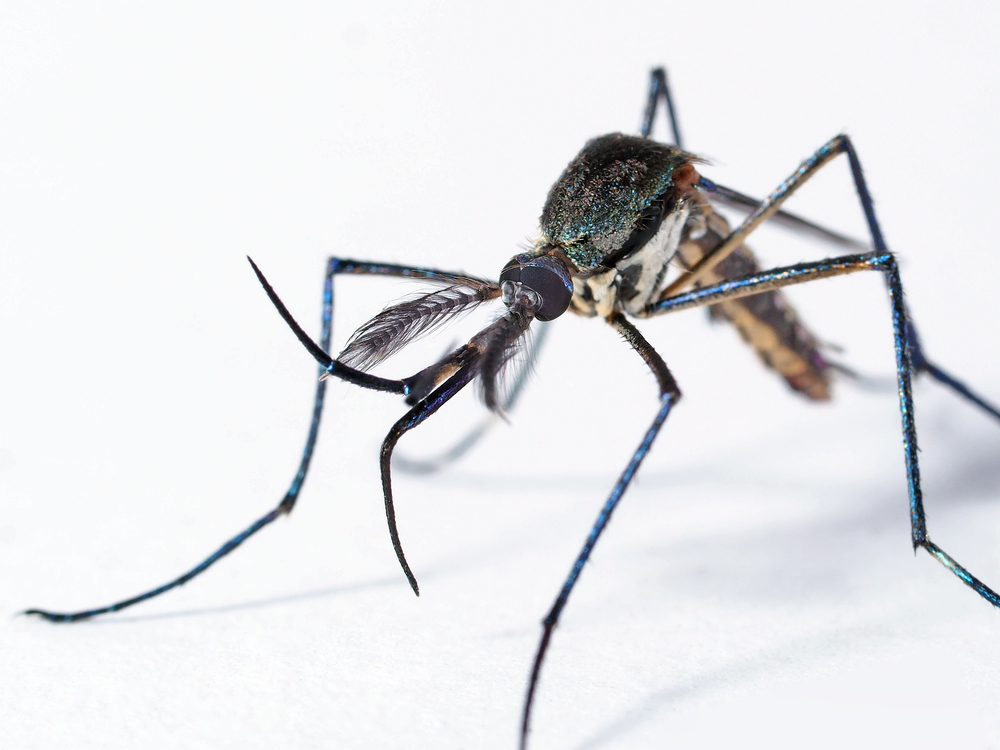Photo by Shutterstock.
We know what ecological degradation looks like: Clearcut hillsides, vanishing elephants and whales, forests overtaken with kudzu, and Florida swamps filled with Burmese pythons. These constitute a poignant, convenient visual shorthand for landscapes out of balance — so convenient, in fact, that it’s easy to forget about the ecological communities we can’t see.
What is the clearcutting equivalent for bacteria? How does the changing environment look to a virus? In other words, what is the disease landscape of the Anthropocene?
Obviously, any answer is going to involve some guesswork, but let’s look at the United States as a case study:
Warming temperatures mean mosquito-borne diseases like malaria, yellow fever, dengue, and West Nile start moving north from the tropics. The explosion of rodent populations following the extermination of top predators across the U.S. contributes to the emergence of rodent-associated illnesses such as hantavirus and the new “Heartland” virus. Increased human travel and migration introduce new illnesses like Chagas ... Read more